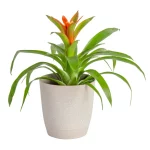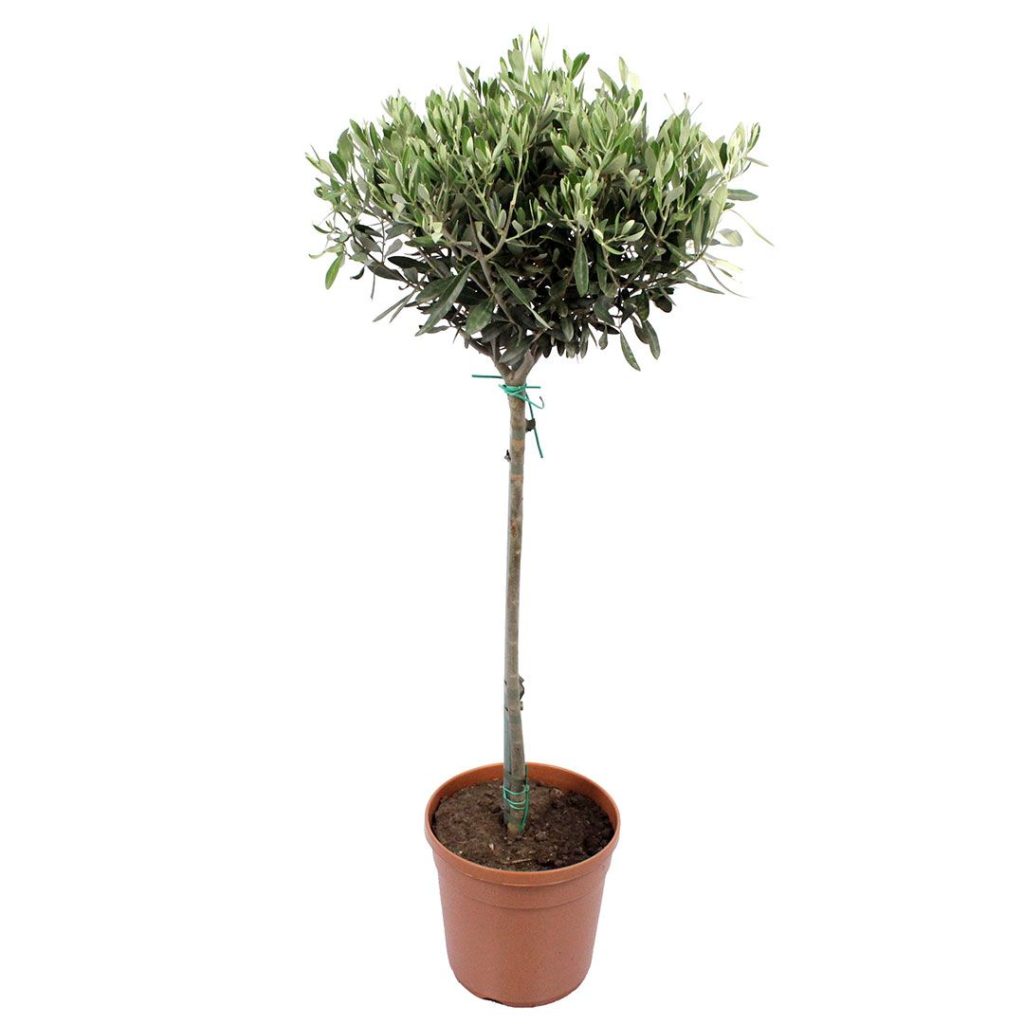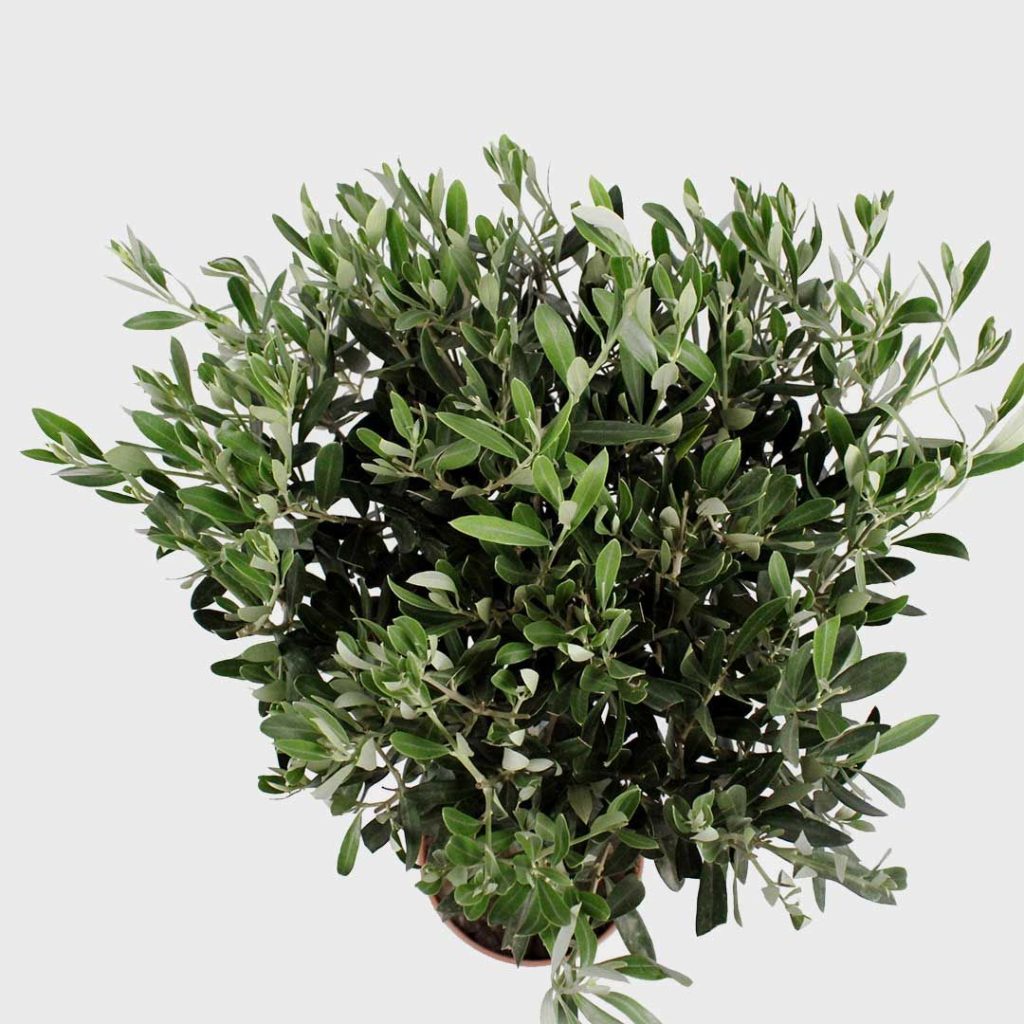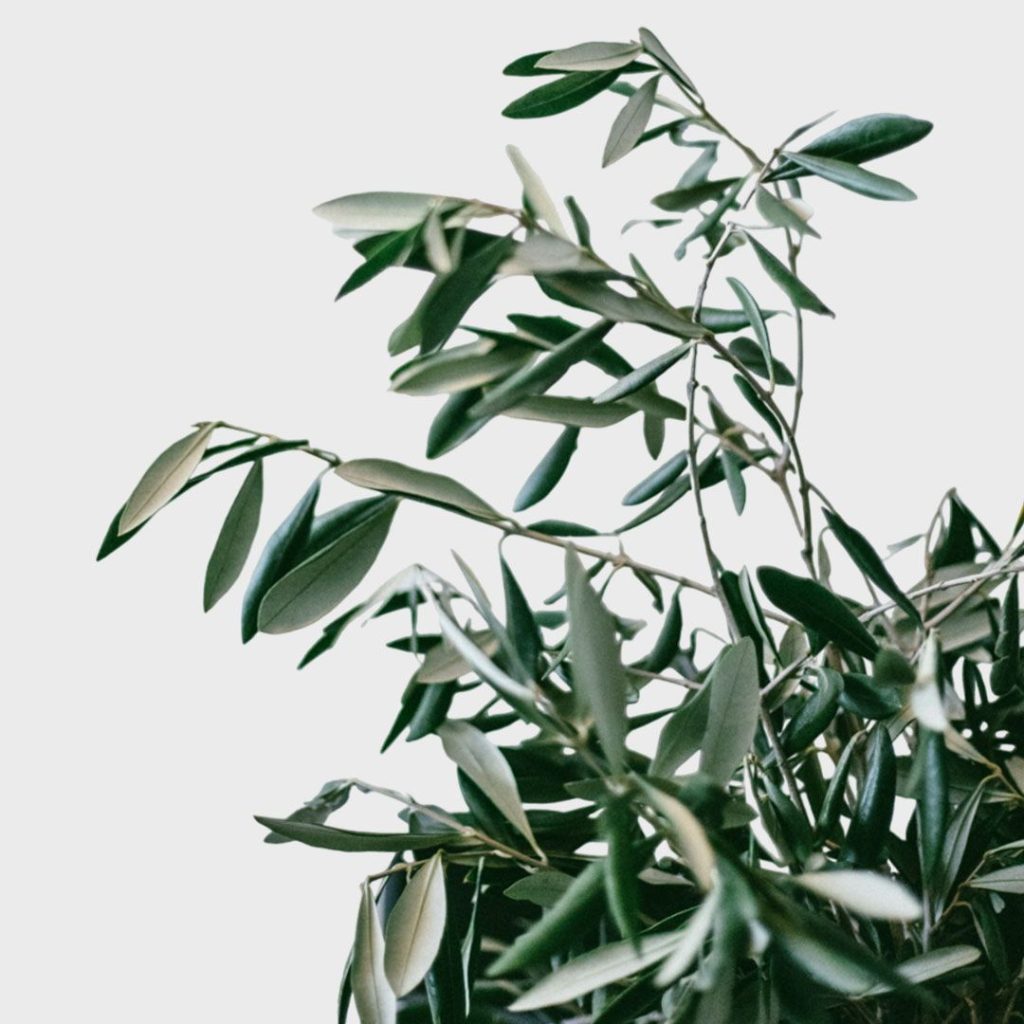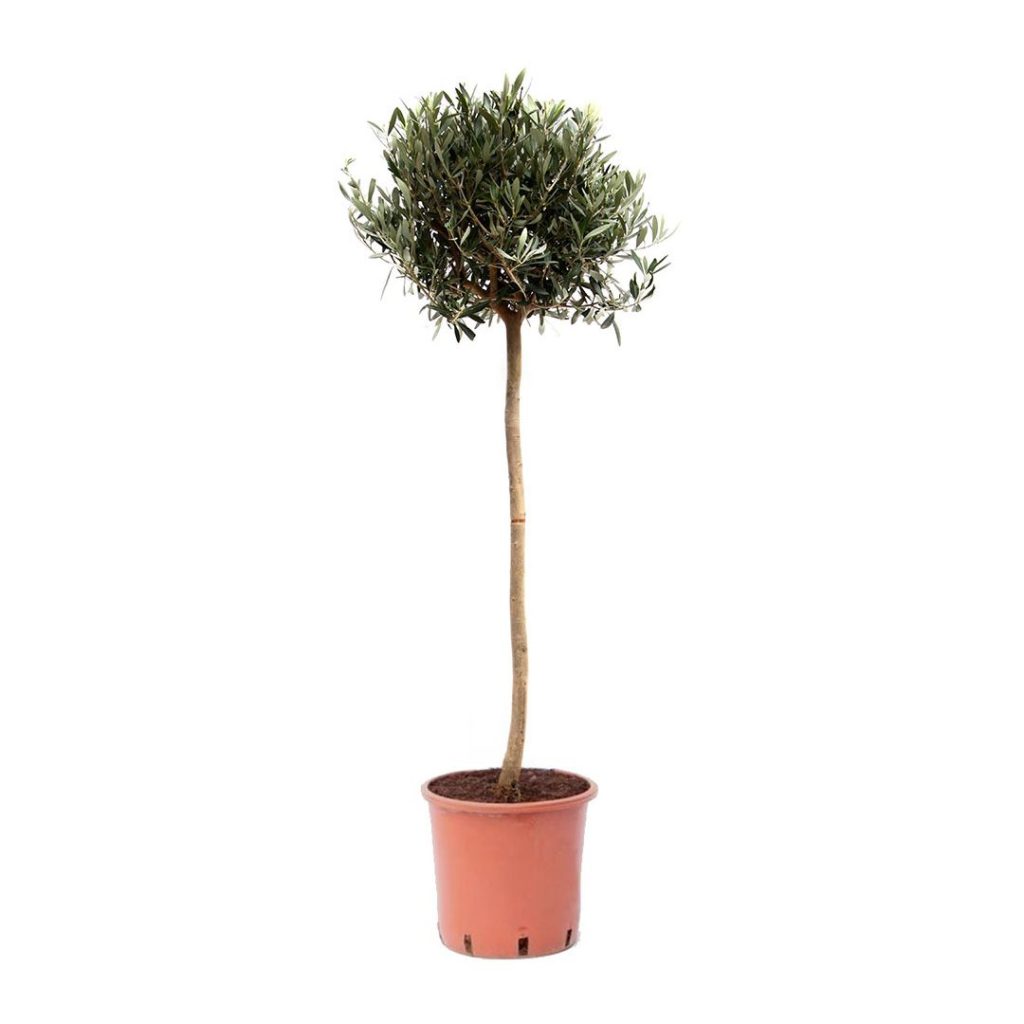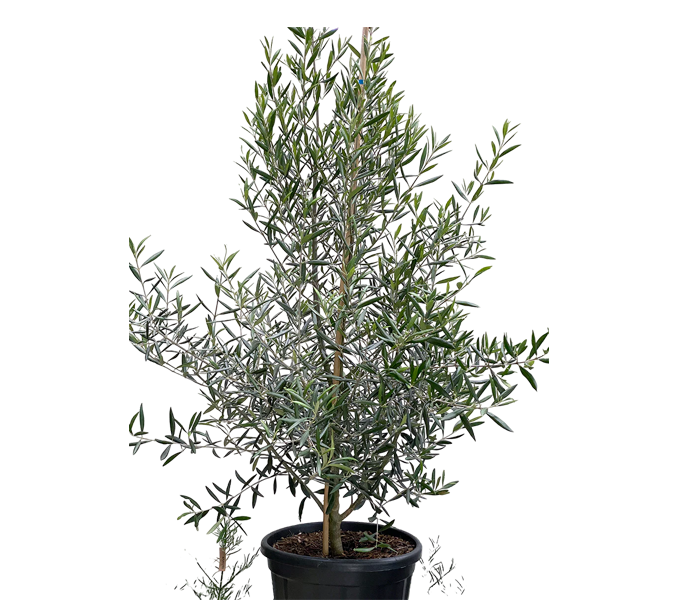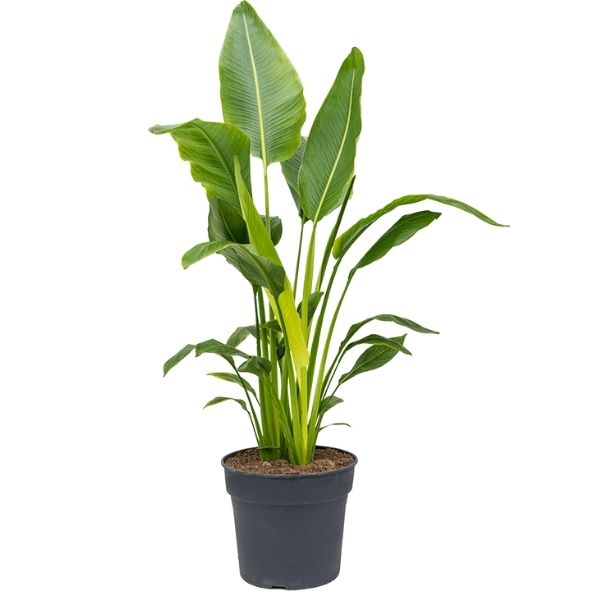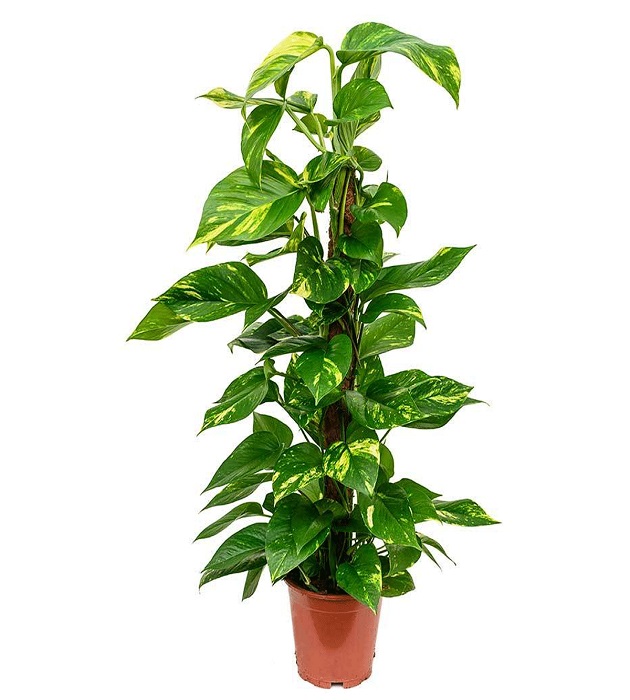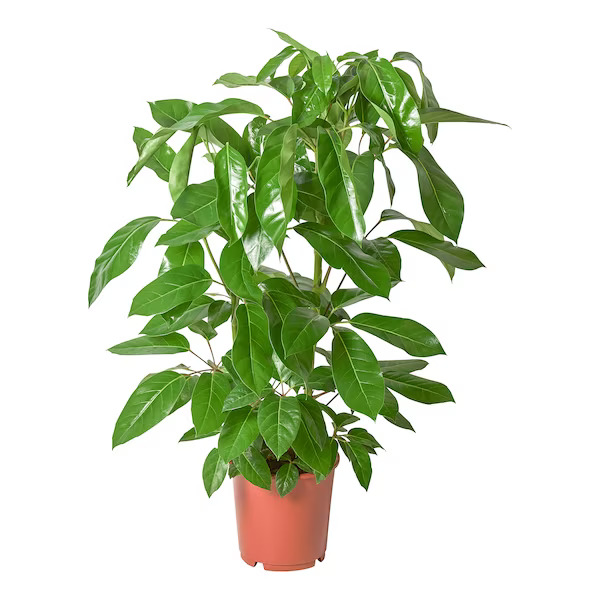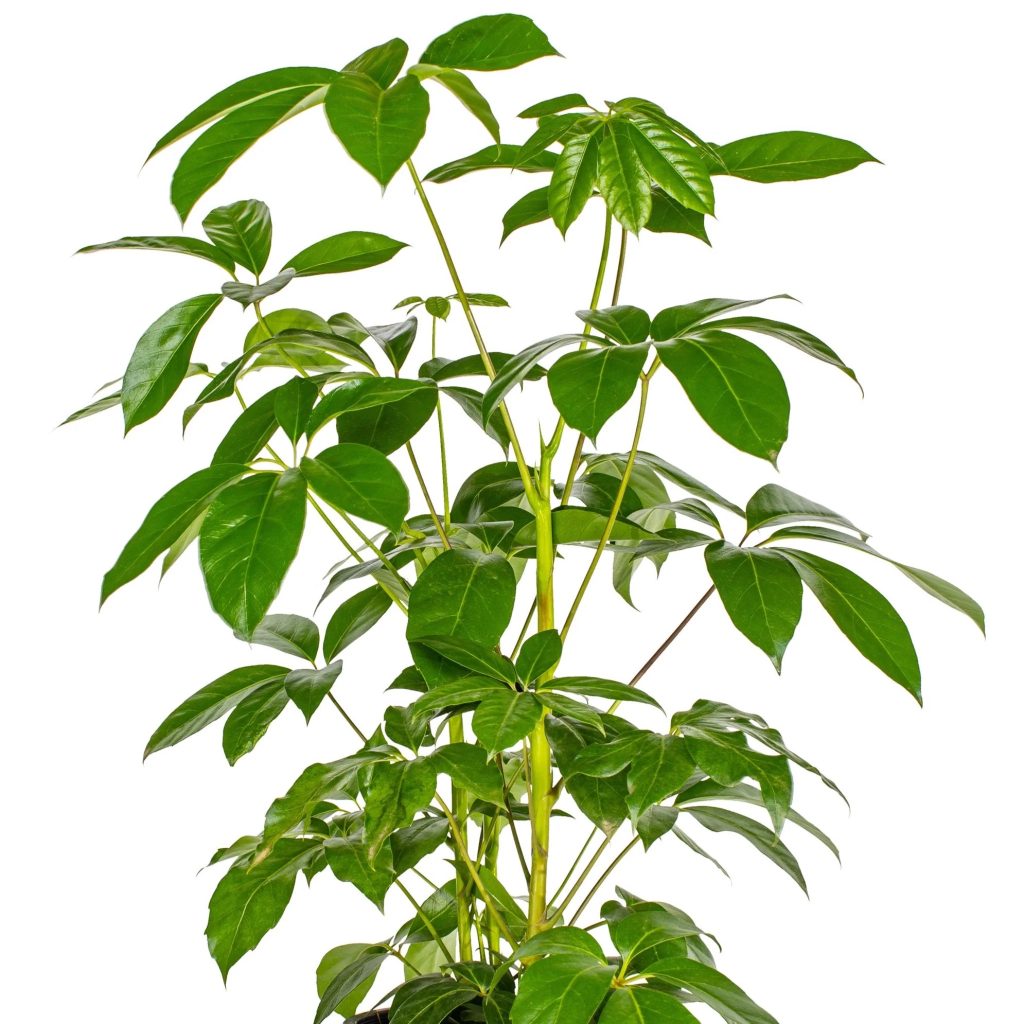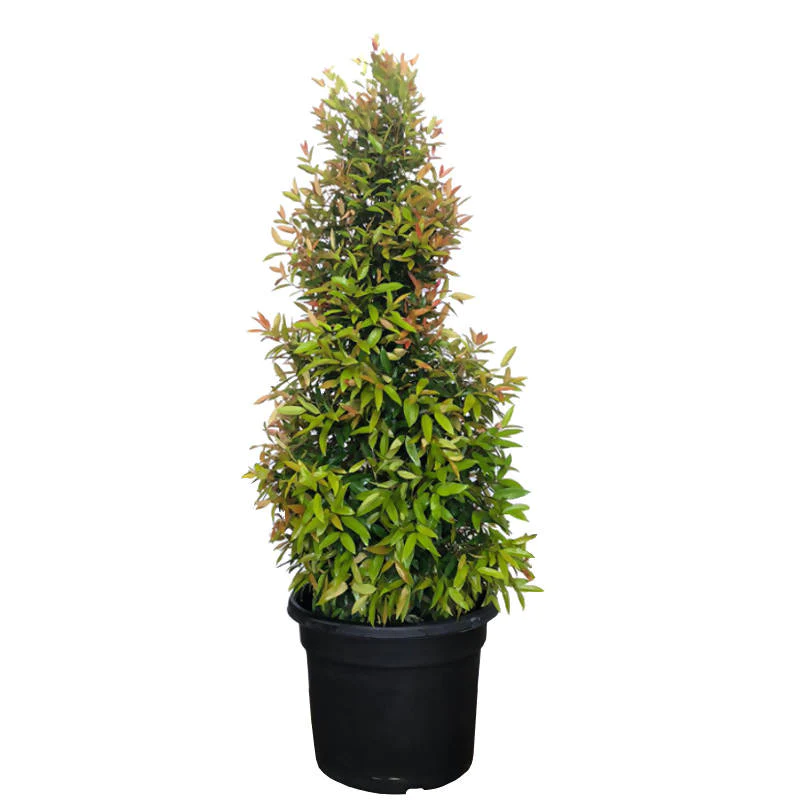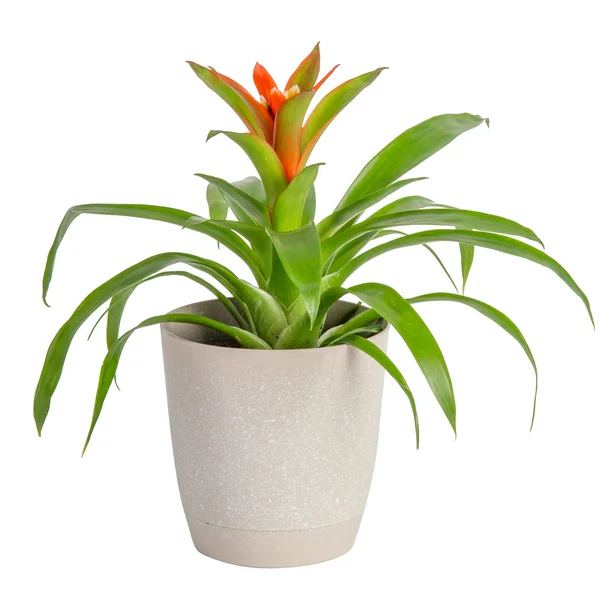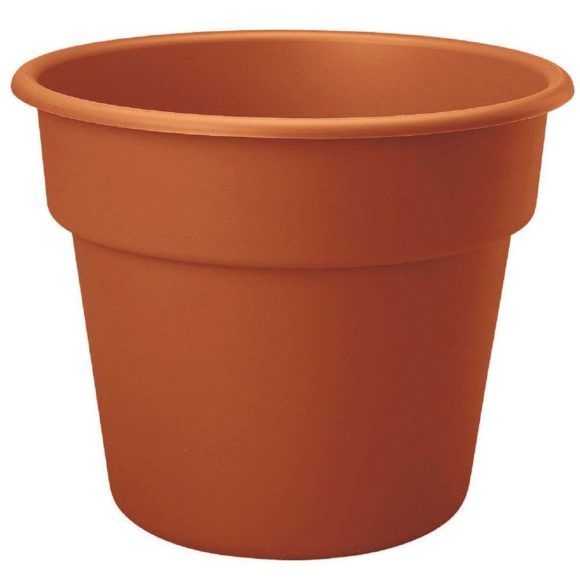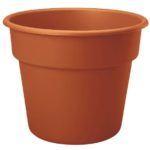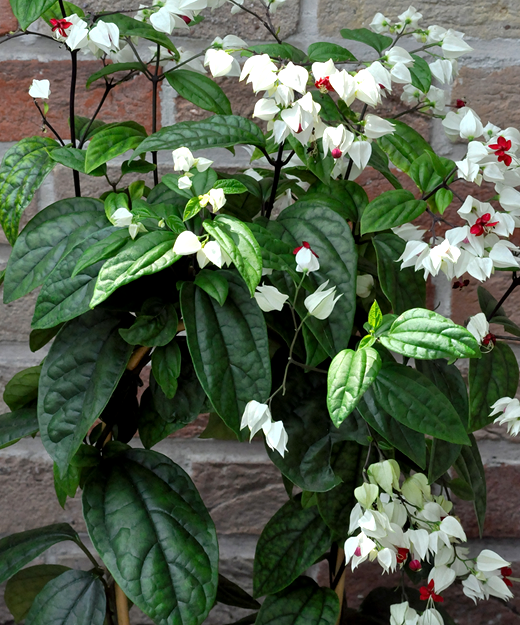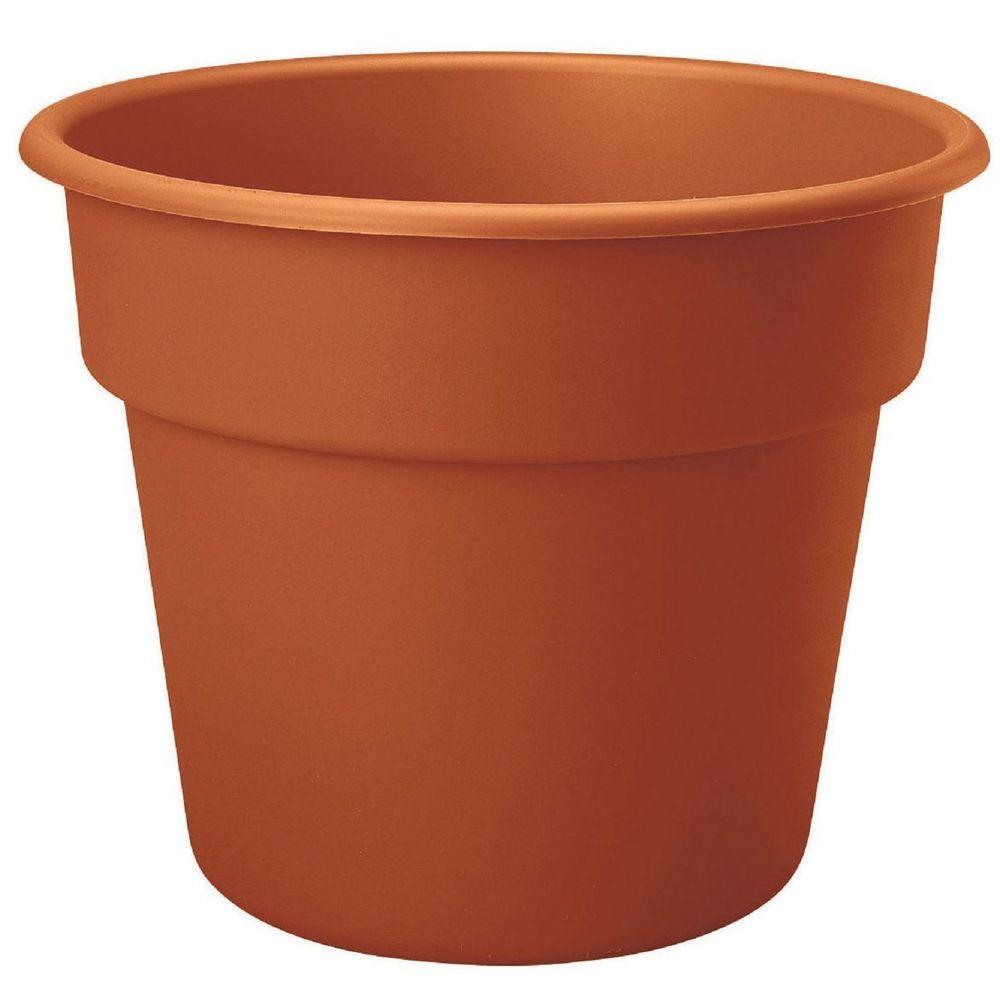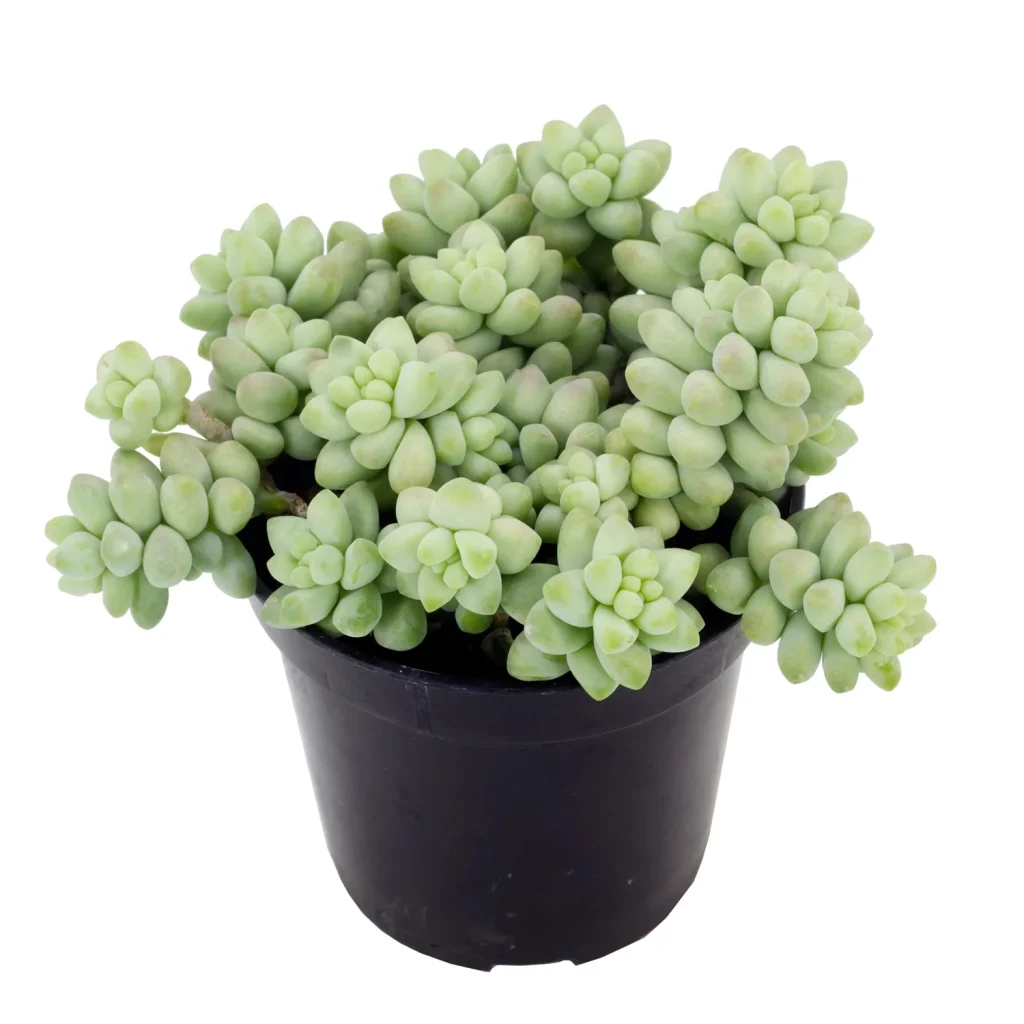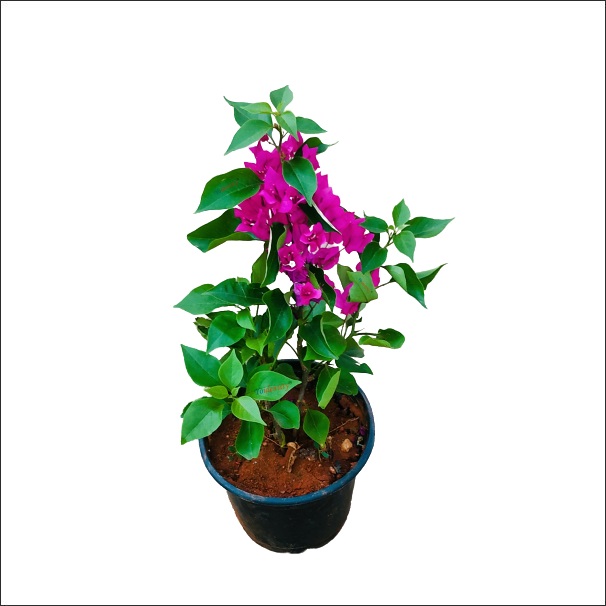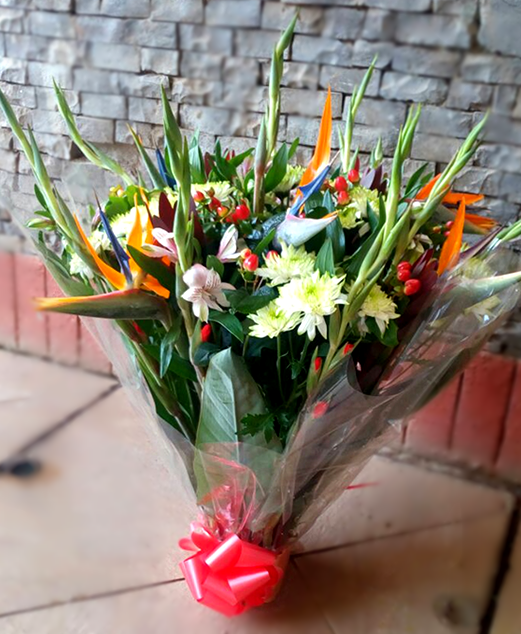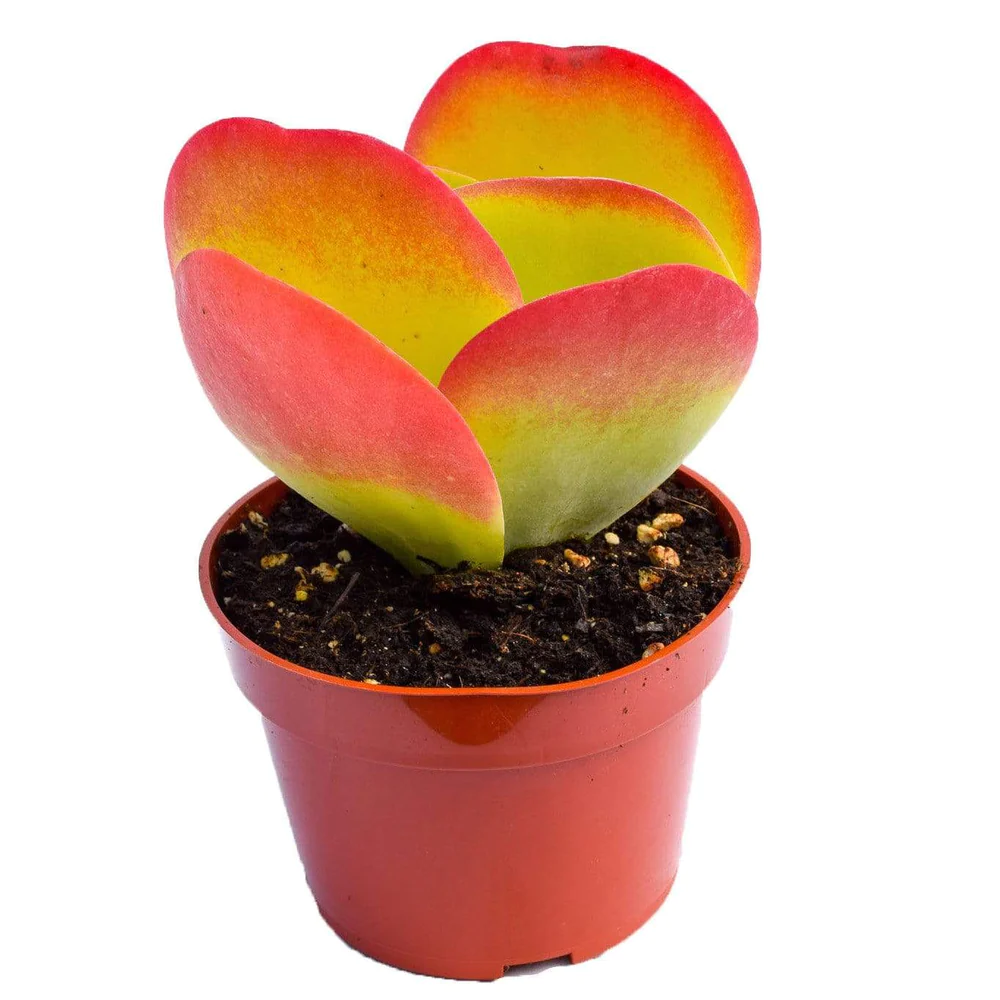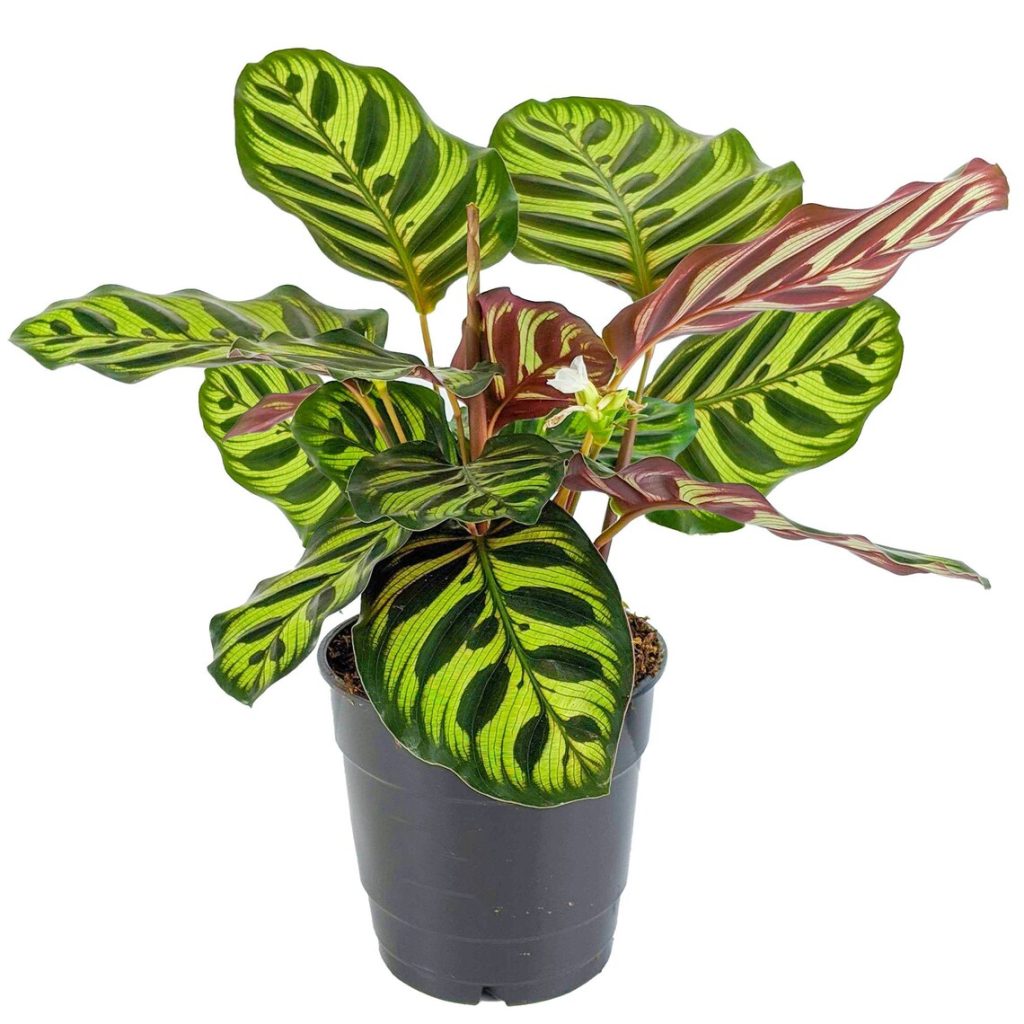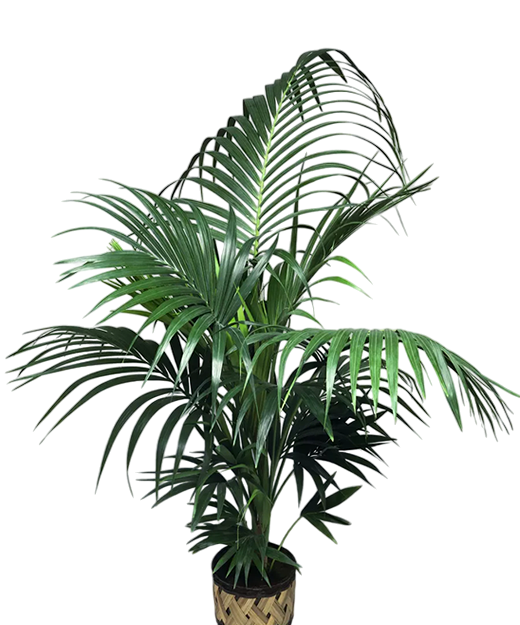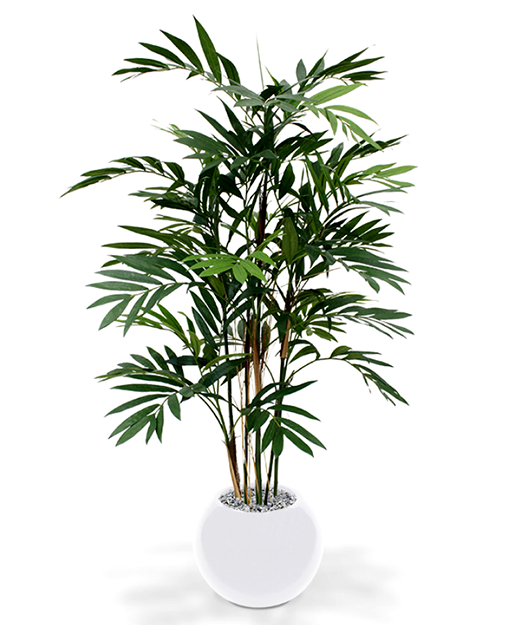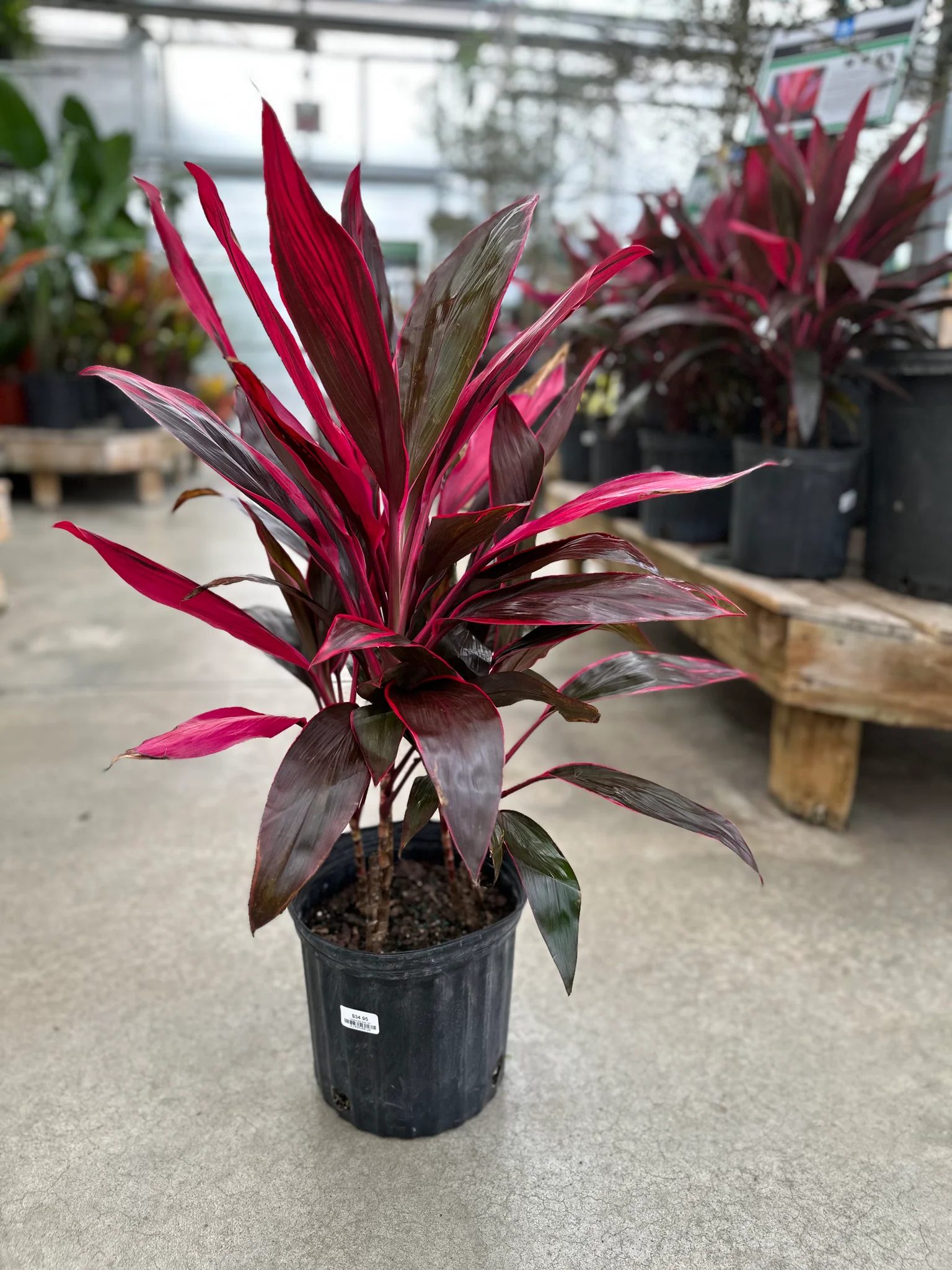Bromeliads
Bromeliads are one of the best tropical plants to grow in your home. They are extremely adaptable, tolerating a variety of home environments. By following a few basic techniques, you can watch these beautiful and brightly colored plants thrive and flower for years to come.
- They are easy to grow indoors.
- Most species tolerate infrequent watering.
- They have beautiful forms, foliage, and flowers.
- The flowers (inflorescence) last three months or more
Description
Bromeliads plants : General Cultural Requirements of Bromeliads
Most bromeliads are very adaptable and resilient house plants. Bromeliads can be either epiphytic (growing in air), saxicolous (growing on rocks), or terrestrial (growing in the ground). Most do well in pots and planters that provide good drainage and air flow. Listed below are basic guidelines that will allow bromeliads to thrive and bloom repeatedly in your home.
- Bromeliads can be grown in windows or under fluorescent light. Most bromeliads thrive in bright, indirect light. In the summer, they can be grown outdoors.
- Bromeliads tolerate a broad range of temperatures from near freezing to 100 degrees F. The majority of bromeliads are happiest in temperatures that range between 65 to 90 degrees F during the day and 50 to 65 degrees F at night.
- Most bromeliads benefit from high humidity and good air circulation. An easy way to increase the humidity is to place a tray of wet gravel under the pots. This is particularly important when the heat or air conditioner is on in your home. You can also buy a special humidity tray with a unique drainage system that lets you maintain water in the tray for constant humidity.
- Potting soils should be acidic and hold moisture yet drain quickly. Orchid mixes, peat moss, sphagnum moss and charcoal all work well, as do soilless potting mixes. One easy recipe is half soilless mix and half orchid mix (fine grade). Two things to avoid: Do not use garden soil and do not add a layer of drainage material to the bottom of the pot (drainage only works if the upper level is saturated. The idea is to avoid potting mediums that become saturated).
- Epiphytic bromeliads can either be grown in a pot or mounted on pieces of wood with nylon ties or nontoxic, waterproof glue.
- Bromeliads that are grown in the air should be watered daily by drenching the plant. They also benefit from being soaked, by immersing the plants in water once a week.
- Tank bromeliads are plants that hold water in the reservoirs of their leaves. The roots serve to anchor these plants, while the leaves take on the function of water and nutrient absorption. The cups should be full of water at all times—flush the cup with water once a week. The potting medium should be watered, but allowed to dry out between watering.
- Use a water soluble fertilizer mixing it at 1/8 to 1/4 the dose recommended on the bottle. Do not fertilize in the winter months when the plants have reached maturity and are starting to flower. Fertilize during the growing season every other week to once a month.
- Many bromeliads die after flowering (in particular Aechmea and Vriesea). They produce “pups” or small offshoots that develop around the base of the plant. These can be separated from the parent either when the parent starts to die or when the “pups” are 1/3 to 1/2 the size of the parent. To repot the “pups,” gently pull off any dry, leaf-like scales on the base of the “pup.” Bury the base no more than one inch and hold it in place with a rock, floral pin, or a stake until the new roots form and take hold. Otherwise, cut the dead parent back to its base and leave the “pups” to grow in the pot.
- Other bromeliads form colonies by producing new plants on stolons (long shoots that grow along the soil surface), which branch from the mother plant. These can either be left on to produce a cluster of plants or taken off and planted.
- To induce flowering in a bromeliad, increase the light level. Most bromeliads flower in the winter. If you are having a difficult time getting a mature plant to flower, you can force it by placing a fruit bowl with apples next to the plant for a week to 10 days. The ethylene gas produced by the fruit will help to encourage flowering, although you need to be patient.
- Aechmeas, billbergias, guzmanias, and vrieseas all have wonderful, long-lasting inflorescences (flowering part).
Encyclopedia of Exotic Plants for Temperate Climates, by Will Giles, is a well-illustrated reference for bromeliads and many other plants such as cacti and ferns that make good companions in the indoor garden.
Aechmea (EEK-me-uh or ECK-mee-uh): These are all epiphytic, tank-forming bromeliads. The flowers have colorful bracts that hold their color for several weeks to several months. Many aechmeas also have red or blue berry-like fruit. Most aechmeas prefer bright light and form large colonies of plants.
Biillbergia (bill-BUR-gee-uh): These bromeliads form narrow, vase-shaped plants. It is important not to over-fertilize billbergias otherwise the foliage will become too lanky and lose its nice vase shape.
Cryptanthus (crip-TAN-thus): These bromeliads are called earth stars because of their shape. They do well in indirect light. These plants are true terrestrials (plants growing in soil) and do not absorb water through their leaves.
Dyckia (DICK-ee-uh): These are desert plants with vicious spines. Most are covered with scales that give them a gray to silvery-white appearance. They need high light and can survive with little water—although they love a good watering.
Guzmania (guhz-MAIN-ee-uh or gooz-MAHN-ee-uh): Nearly all of these bromeliads have dark, shiny leaves and are tank-forming plants. These plants thrive in the shade and do not tolerate extremes of temperature (cold or hot). They are grown for their beautiful inflorescence (the flowering part of the plant) that remains for many months.
Neoregelia (KNEE-oh-reh-GEE-lee-uh): This genus does not have showy flowers, but compensates with exceptional foliage. In many plants, the inner circle of leaves turns a brilliant red or pink. Do not over fertilize this plant, or the foliage will remain green. Neoregelias require good light to look their best.
Tillandsia (till-AND-see-uh): Most of these bromeliads are found in arid environments and have silvery-grey foliage. They should be watered by drenching—the frequency depends on the species.
Vriesea (VREE-see-uh or VREE-zhuh): These plants have a showy sword-shaped flowering spike that lasts for months. Most vrieseas are tank bromeliads with soft, shiny green leaves. They are adaptable, growing in high light to fairly deep shade.
Here are some great tips for growing and caring for your bromeliads.
Clerodendrum thomsoniae
Donkey Tail
Bougainvillea
Exotic mix bouquet
Kalanchoe thyrsiflora
Spider Plant (Chlorophytum)
Related products
Calathea
Howea forsteriana
Calathea
Chamaedorea Palm
Cordyline
Kalanchoe thyrsiflora
